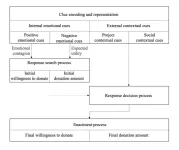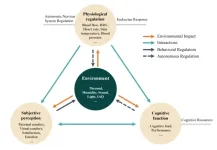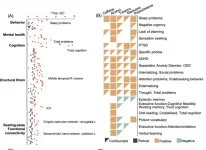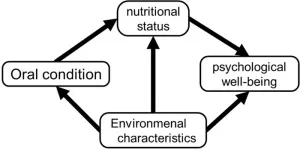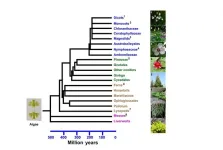There’s always some truth in fiction, and now is about the time to get a step ahead of sci-fi dystopias and determine what the risk in machine sentience can be for humans.
Although people have long pondered the future of intelligent machinery, such questions have become all the more pressing with the rise of artificial intelligence (AI) and machine learningT. These machines resemble human interactions: they can help problem solve, create content, and even carry on conversations. For fans of science fiction and dystopian novels, a looming issue could be on the horizon: what if these machines develop a sense of consciousness?
Researchers published their results in the Journal of Social Computing on December 31, 2023.
While there is no quantifiable data presented in this discussion on artificial sentience (AS) in machines, there are many parallels drawn between human language development and the factors needed for machines to develop language in a meaningful way.
“Many of the people concerned with the possibility of machine sentience developing worry about the ethics of our use of these machines, or whether machines, being rational calculators, would attack humans to ensure their own survival,” said John Levi Martin, author and researcher. “We here are worried about them catching a form of self-estrangement by transitioning to a specifically linguistic form of sentience.”
The main characteristics making such a transition possible appear to be: unstructured deep learning, such as in neural networks (computer analysis of data and training examples to provide better feedback), interaction between both humans and other machines, and a wide range of actions to continue self-driven learning. An example of this would be self-driving cars. Many forms of AI check these boxes already, leading to the concern of what the next step in their “evolution” might be.
This discussion states that it’s not enough to be concerned with just the development of AS in machines, but raises the question of if we’re fully prepared for a type of consciousness to emerge in our machinery. Right now, with AI that can generate blog posts, diagnose an illness, create recipes, predict diseases or tell stories perfectly tailored to its inputs, it’s not far off to imagine having what feels like a real connection with a machine that has learned of its state of being. However, researchers of this study warn, that is exactly the point at which we need to be wary of the outputs we receive.
“Becoming a linguistic being is more about orienting to the strategic control of information, and introduces a loss of wholeness and integrity…not something we want in devices we make responsible for our security,” said Martin. As we’ve already put AI in charge of so much of our information, essentially relying on it to learn much in the way a human brain does, it has become a dangerous game to play when entrusting it with so much vital information in an almost reckless way.
Mimicking human responses and strategically controlling information are two very separate things. A “linguistic being” can have the capacity to be duplicitous and calculated in their responses. An important element of this is, at what point do we find out we’re being played by the machine?
What’s to come is in the hands of computer scientists to develop strategies or protocols to test machines for linguistic sentience. The ethics behind using machines that have developed a linguistic form of sentience or sense of “self” are yet to be fully established, but one can imagine it would become a social hot topic. The relationship between a self-realized person and a sentient machine is sure to be complex, and the uncharted waters of this type of kinship would surely bring about many concepts regarding ethics, morality and the continued use of this “self-aware” technology.
Maurice Bokanga, Alessandra Lembo and John Levi Martin of the Department of Sociology at the University of Chicago contributed to this research.
About Journal of Social Computing
Journal of Social Computing (JSC) is an open access, peer-reviewed scholarly journal which aims to publish high-quality, original research that pushes the boundaries of thinking, findings, and designs at the dynamic interface of social interaction and computation. This will include research in (1)computational social science—the use of computation to learn from the explosion of social data becoming available today; (2) complex social systems or the analysis of how dynamic, evolving social collectives constitute emergent computers to solve their own problems; and (3) human computer interaction whereby machines and persons recursively combine to generate unique knowledge and collective intelligence, or the intersection of these areas. The editorial board welcomes research from fields ranging across the social sciences, computer and information sciences, physics and ecology, communications and linguistics, and, indeed, any field or approach that can challenge and advance our understanding of the interface and integration of computation and social life. We seek to take risks, avoid boredom and court failure on the path to transformative new paradigms, insights, and possibilities. The journal is open to a diversity of theoretic paradigms, methodologies and applications.
About SciOpen
SciOpen is a professional open access resource for discovery of scientific and technical content published by the Tsinghua University Press and its publishing partners, providing the scholarly publishing community with innovative technology and market-leading capabilities. SciOpen provides end-to-end services across manuscript submission, peer review, content hosting, analytics, and identity management and expert advice to ensure each journal’s development by offering a range of options across all functions as Journal Layout, Production Services, Editorial Services, Marketing and Promotions, Online Functionality, etc. By digitalizing the publishing process, SciOpen widens the reach, deepens the impact, and accelerates the exchange of ideas.
END


